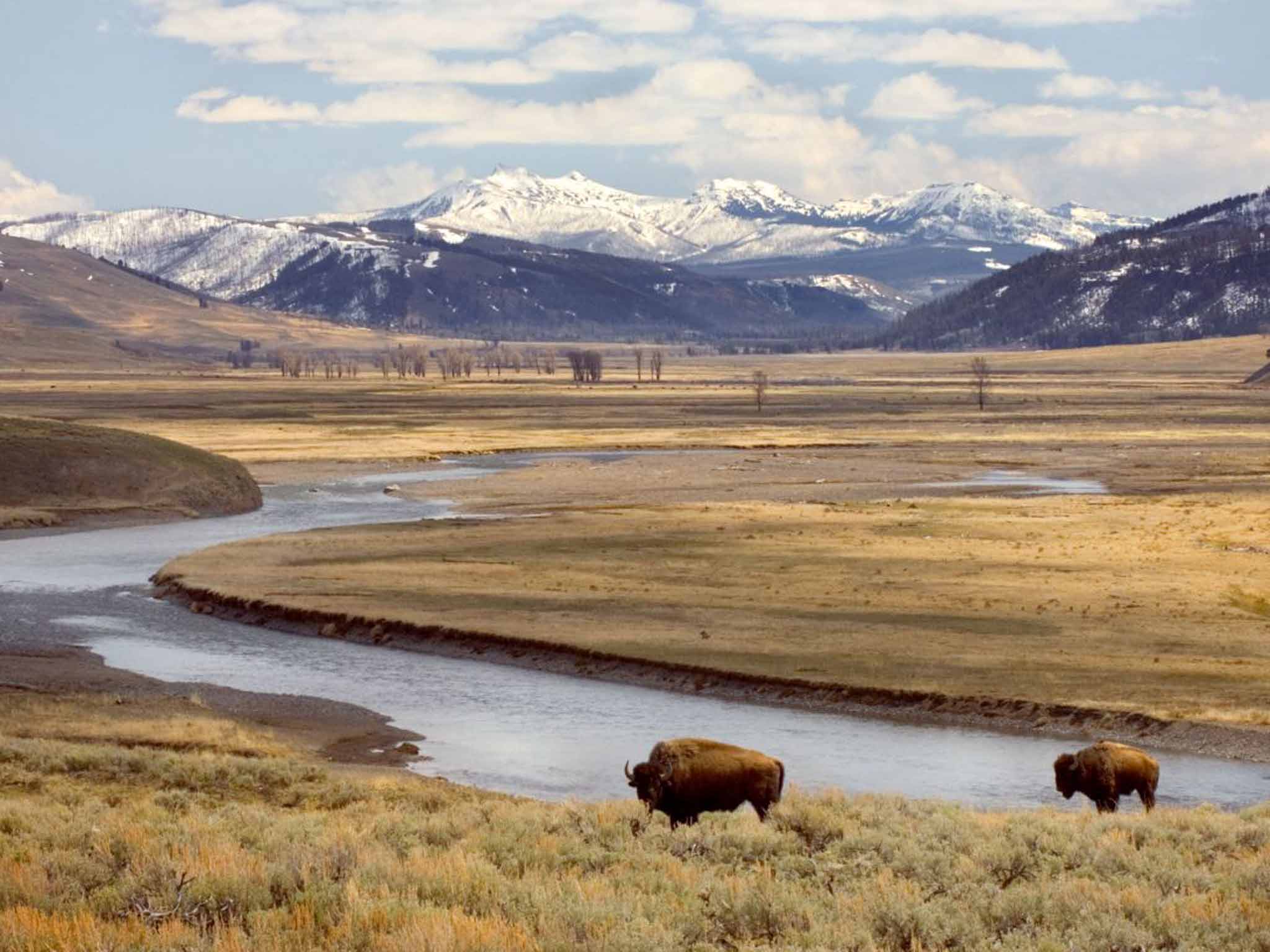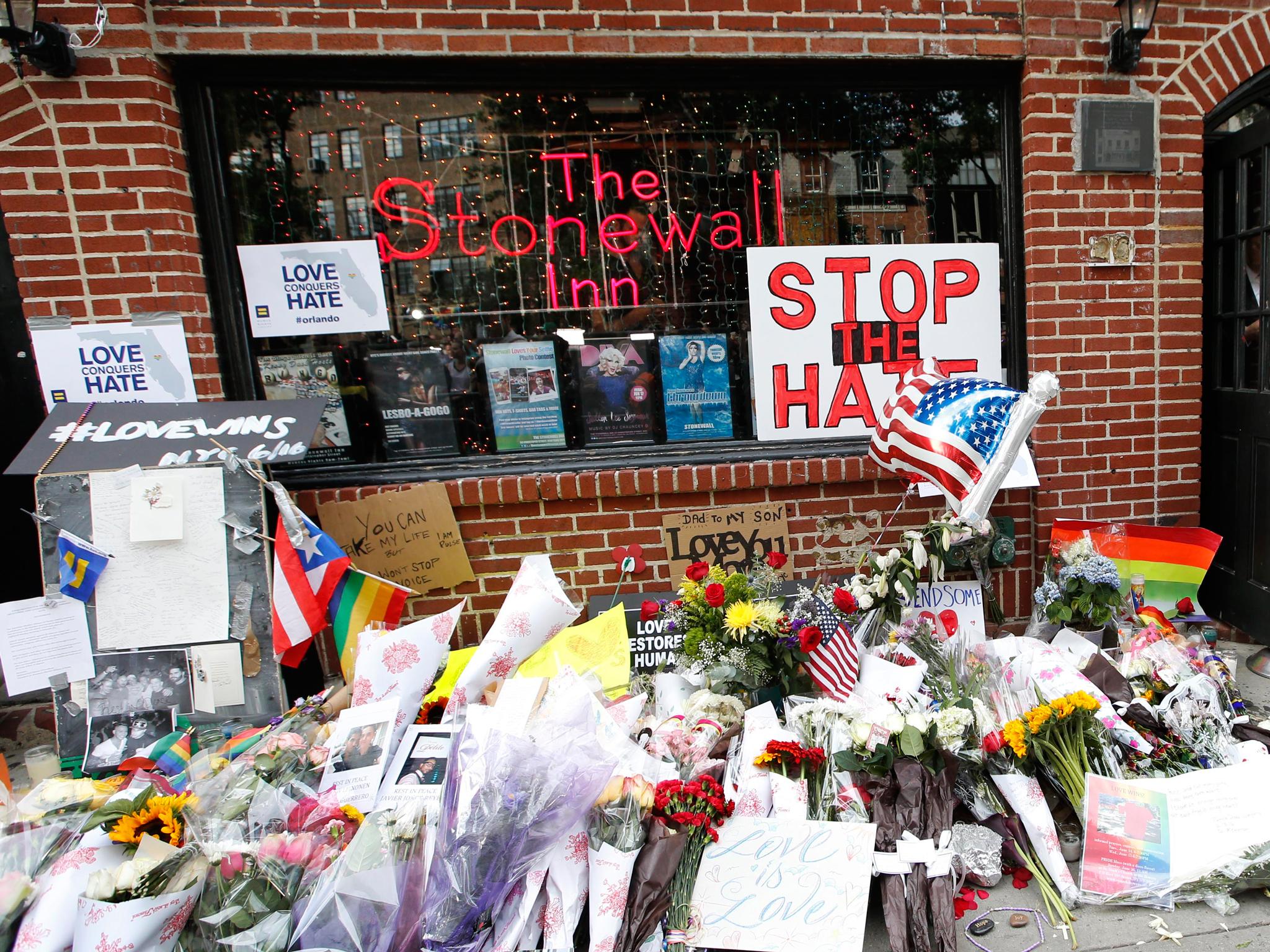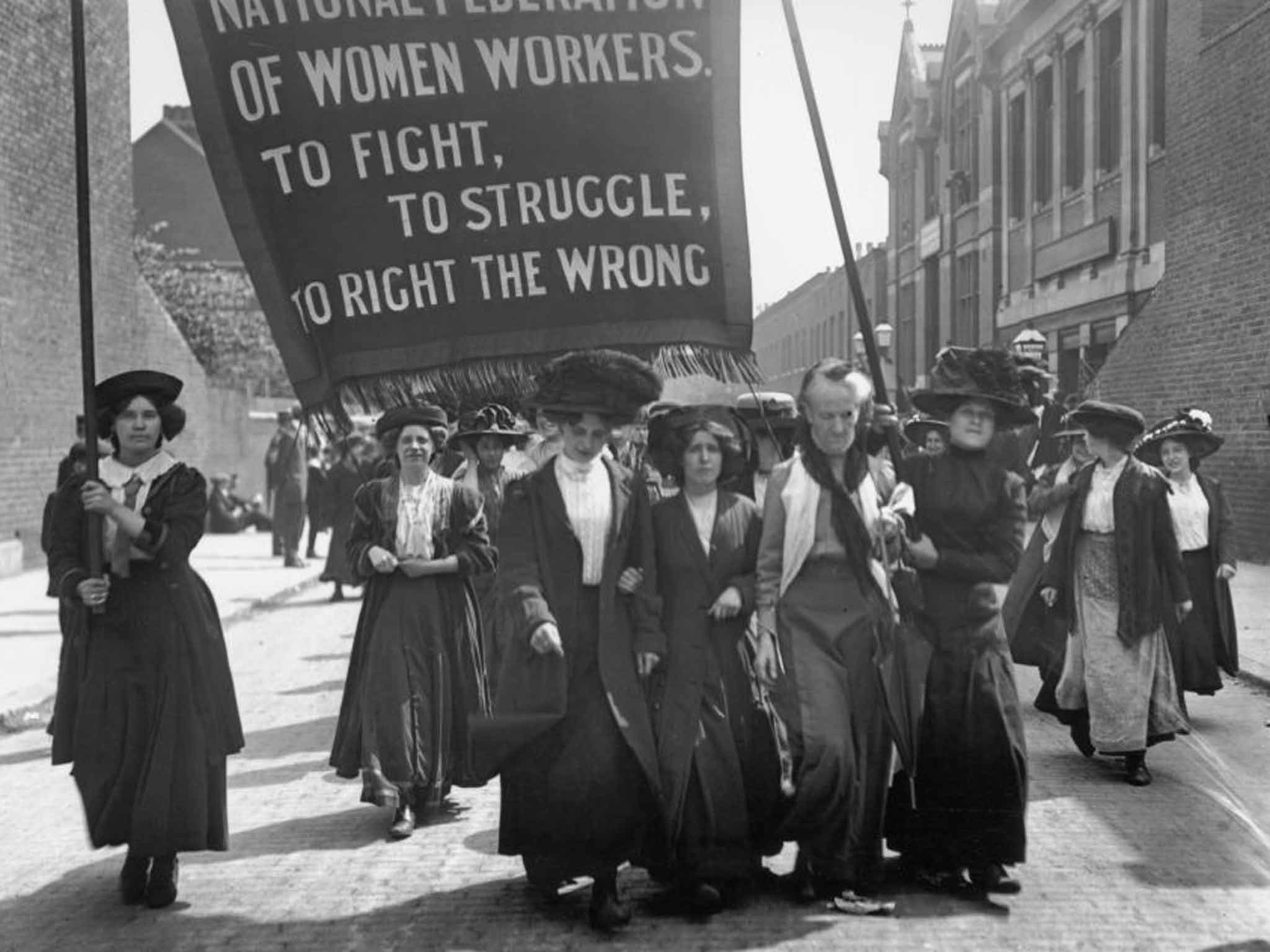National Parks 100th anniversary: 5 most important things the service has done recently
From helping visitors avoid being headbutted by an elk when taking a selfie to commemorating the sufragettes, here's how the National Park Service has stayed relevant throughout its history

For a century now, the US National Park Service has been drawing crowds to experience the great outdoors, gawp at natural wonders and sometimes come face to face with wild animals.
Admission is free to its parks this weekend as it celebrates its centenary on Thursday.
Those heading to one of its most famous sites, Yellowstone National Park, will have to take a detour because of California's raging wildfires but elsewhere the celebrations will be in full effect.
More than 1,000 people will create a giant, living version of its emblem on the National Mall in Washington with brown, green and white umbrellas. And Oprah Winfrey, Nasa and Barack Obama have all sent birthday wishes.
The parks are in rude health, with visitor number growing rapidly. In 2015, more than 307 million people visited one of their 59 parks, compared to just one million in 1920.
Despite being 100 years old, the National Park Service continues to move with the times, dealing with the generation of selfie sticks, as well as opening new monuments and continuing to protect endangered species.
Here are five ways the service has kept itself relevant.
1) Issued advice on how to take selfies around animals
Who could forget the visitor who was head-butted by an elk? After inching too close and raising her camera to take a selfie with the animal, the elk charged at the amateur photographer and knocked her to the ground.
The tour guide said the elk had just given birth and was protecting her calf.
The National Park responded by offering advice that visitors should stay at least 100 yards away from bears and wolves, and at least 25 yards from other animals - even when taking photos.
It has also warned visitors not to "play dead too soon" if a bear approaches.
Even though tourists have done other silly things, like putting a baby bison in the back of their car as it “looked cold”, the NPS has kept its doors open to the public and has strived to educate us on how we can safely co-exist with nature.
2) Marched in Gay Prides across the US and opened Stonewall National Monument
The NPS has been a proud member of the Gay Pride marches, striding along with their emblems and rainbow flags.
In Manhattan, the agency opened the first national monument for LGBTQ rights. The Stonewall National Monument, just opposite the site of the Stonewall Inn and the site of the 1969 riots, covers almost eight acres in the West Village.

President Obama said: “I believe our national parks should reflect the full story of our country: the richness and diversity and uniquely American spirit that has always defined us. That we are stronger together; that out of many, we are one.”
3) Opened first monument to commemorate suffragette movement in Washington DC
The Belmont-Paul monument, an historic, 200-year-old building, documents the achievements of the US and global suffrage - the tireless fight of women to win the right to vote.
The country’s first such monument, part of the NPS, is named after the National Woman’s Party founder Alice Paul and president Alva Belmont. It is well worth a visit, housing more than 600 pieces of legislation which strove for gender equality.

Women won the right to vote in 1920 - four years after the NPS was created.
The US boasts a total of eight national monuments, historic sites and parks that specifically commemorate women's rights, including the Women's Rights National Historic Park in New York
4) The NPS plays important role in protecting endangered species
As well as birds, elks, bears and wolves - which were re-introduced to the parks after 1995 - visitors may catch a glimpse of endangered species, like the Ozark hellbender, the Kemp’s ridley sea turtle and the American pika.

The NPS contain at least 247 species of threatened or endangered plants and animals.
5) Opened park on land from founder of Burt’s Bees
Most likely the last new park to be opened under president Barack Obama, Maine’s Katahdin Woods and Waters National Monument has been designated on land donated from the founder of Burt’s Bees.
Businesswoman and philanthropist Roxanne Quimby has handed over 87,000 acres as part of the NPS centennial campaign, worth $60 million.
Visitors will be able to hike, canoe, hunt, snowmobile, ski and do other activities - which could do wonders for your skin, even if you don’t use the Burt’s Bees natural skincare products.
Her son, Lucas St Clair, told CNN that to have the area where he grew up designated as a national monument is “an incredible moment”.
“I look forward to people coming and exploring landscape on their own, and I look forward to these communities that have been really struggling starting to realize some of the economic benefits that national parks can bring,” he said.
Join our commenting forum
Join thought-provoking conversations, follow other Independent readers and see their replies
Comments